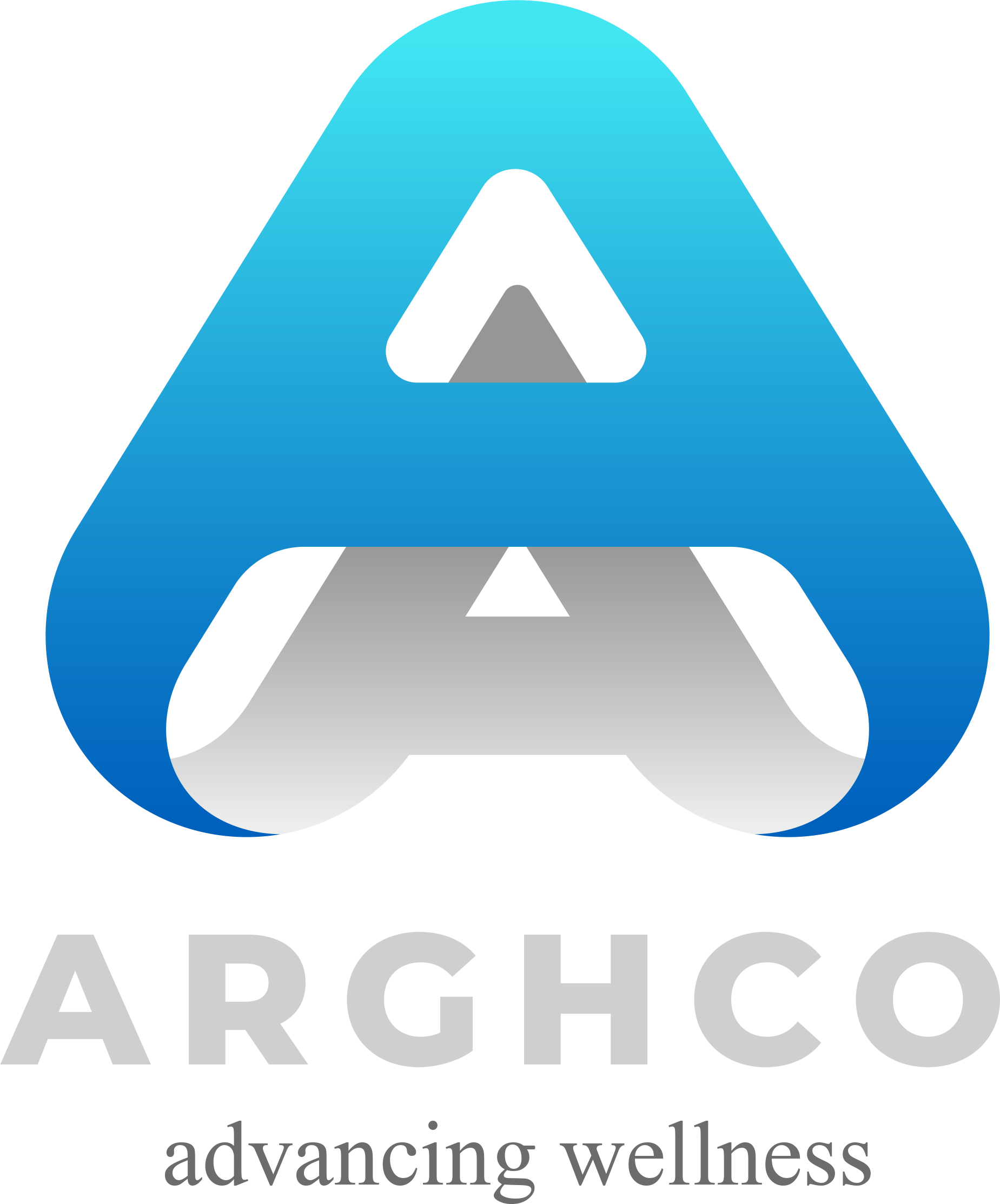Understanding Health and Wellness Architecture
Health and wellness architecture is an emerging approach that prioritizes the physical and mental well-being of individuals within built environments. Unlike traditional architectural practices that largely focus on aesthetic and functional concerns, this contemporary methodology emphasizes holistic principles that intertwine the health of occupants with the design of spaces. The essence of health and wellness architecture lies in its commitment to creating environments that foster a sense of well-being through strategic integration of natural elements and sustainable practices.
Central to this approach is the incorporation of biophilic design, which seeks to connect occupants with nature through features such as natural light, greenery, and water elements. Research has demonstrated that exposure to natural elements can significantly enhance mood, reduce stress, and improve overall health outcomes. Moreover, the design principles of health and wellness architecture extend to addressing critical factors such as air quality and lighting. Spaces are designed to maximize natural ventilation, utilize non-toxic materials, and optimize daylighting, all of which contribute to a healthier indoor environment.
In addition to these environmental aspects, health and wellness architecture adopts a user-centered design philosophy. This means that the needs and preferences of occupants are considered throughout the design process, promoting engagement and comfort in spaces. Thoughtful spatial organization allows for flexibility, encourages physical activity, and enhances social interaction among users. For instance, communal areas may be planned to facilitate social gatherings, promoting a sense of community that significantly impacts mental well-being.
Ultimately, the rise of health and wellness architecture signifies a transformative shift in the built environment, reflecting an understanding that design has a profound influence on human health. By integrating principles that prioritize wellness, architects and designers are not only enhancing the built environment but also contributing positively to the quality of life for all occupants.
The Growing Demand for Wellness Spaces
In recent years, the demand for wellness-focused residential and commercial spaces has surged significantly, reflecting a broader societal shift towards healthier living environments. As consumers become increasingly aware of the impact that their surroundings can have on their physical and mental well-being, the appeal of health and wellness architecture has grown. Developers and architects are recognizing this trend, leading to an increase in projects designed to promote health-conscious lifestyles.
Statistical data from surveys indicate a notable shift in consumer preferences. According to a recent report by the Global Wellness Institute, 79% of individuals expressed a desire to prioritize their health and well-being in housing choices. This inclination is not limited to homes; commercial spaces are also being transformed to meet these evolving expectations. Companies are now prioritizing wellness-centric design elements, such as natural light, green spaces, and air quality enhancements, in order to improve employee productivity and satisfaction. Incorporating features like biophilic design has been shown to create environments that foster well-being, thus playing a critical role in attracting talent and retaining a satisfied workforce.
The real estate market has taken note of this growing demand, with new developments increasingly focusing on wellness features as a primary selling point. In many urban landscapes, developers are integrating amenities such as fitness centers, meditation rooms, and communal gardens, which not only enhance the aesthetic appeal of properties but also cater to consumers’ desires for healthier living and working conditions. As these trends continue to evolve, it is clear that the integration of wellness into architectural design will remain a key factor in the marketplace, underscoring the importance of health-focused environments in today’s society.
Key Players in the Health and Wellness Design Sector
In the burgeoning field of health and wellness architecture, several firms have emerged as frontrunners, redefining interior spaces with a focus on well-being. Notable among them are dv8 Design and Serendipity by Design, both of which have developed impressive portfolios showcasing innovative and health-centric design solutions.
dv8 Design has carved a niche for itself by integrating sustainable practices into its projects, emphasizing the importance of natural light, greenery, and materials that promote a healthier indoor environment. Their collaboration with major hospitality brands such as Hilton and Marriott illustrates their commitment to enhancing guest experiences through thoughtful design. They employ a holistic approach, ensuring that each space not only looks aesthetically pleasing but also contributes positively to the mental and physical health of its occupants.
Similarly, Serendipity by Design stands out for its dedication to creating bespoke environments that resonate with their clients’ values. The firm has worked extensively with luxury brands like Lamborghini and Ralph Lauren, skillfully blending brand identity with wellness principles. Each project they undertake is characterized by meticulous attention to detail, where the choice of furnishings, color schemes, and spatial configurations is aligned to foster a sense of serenity and comfort. Their design philosophy revolves around the seamless integration of function and beauty, offering spaces that inspire and rejuvenate.
Both firms have successfully navigated the complexities of the design marketplace by establishing enduring relationships with high-profile clients. They leverage these partnerships not only to enhance their portfolios but also to align their design strategies with the evolving needs of the luxury consumer. By continuously adapting to market trends and client feedback, dv8 Design and Serendipity by Design exemplify the vital role that health and wellness architecture plays in contemporary design, reminding stakeholders that well-being is integral to the spaces we occupy.
The Future of Wellness in Design: Opportunities and Challenges
The landscape of architecture and design is poised for a significant transformation, particularly concerning health and wellness. This evolution is partly fueled by rapid advancements in technology, which allow for the integration of wellness features in buildings in innovative ways. For instance, smart building technologies can monitor air quality, adjust lighting based on natural light availability, and even support mental well-being through biophilic design elements. Such technologies present an opportunity for architects and designers to create environments that not only meet aesthetic criteria but also promote the health of their occupants.
Additionally, the increasing global awareness of health issues has heightened the demand for spaces prioritizing well-being. As more individuals seek out environments conducive to physical and mental health, architecture that emphasizes wellness will likely arise. This demand encourages designers to be creative in addressing the diverse needs of occupant health, whether through communal spaces that foster social interaction or designs that encourage physical activity. Architects have a responsibility to anticipate and respond to these changing dynamics, ensuring that their designs meet society’s evolving expectations.
However, the integration of wellness in design is not without its challenges. One prominent issue is the cost associated with implementing these wellness features. High-quality materials, advanced technology, and specialized design processes can increase project expenditures significantly. Architectural firms must navigate these financial implications carefully to remain competitive while delivering wellness-focused spaces. Moreover, as the wellness movement continues to evolve, designers will need to maintain a commitment to continuous innovation. The challenge lies in balancing current design trends with sustainable practices and user experience, ensuring that each project meets the rigorous demands of a wellness-centric world. Ultimately, success in this domain will arise from a commitment to adaptability and foresight within the design community and leading-edge food and beverage hoteliers.





